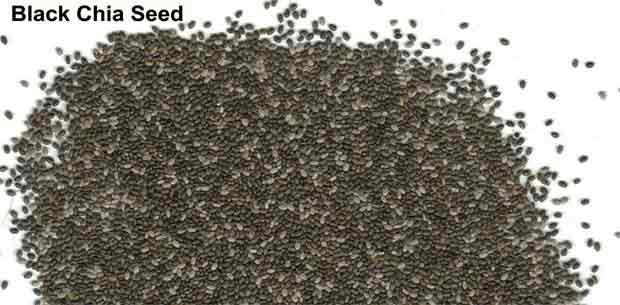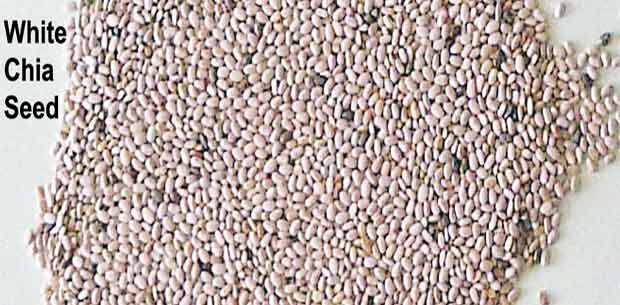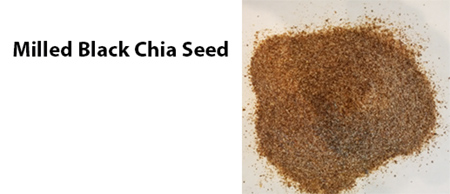Chia Seeds Nutrition Has Worked For Centuries
Chia was an important crop during pre-Columbian times until the discovery of America when cultivation decreased. From that time until the late 1990’s, only a small amount of chia was cultivated in its native Mexico. During pre-Columbian times, chia was one of four main crops the Aztecs and was a key component of their diets. The Aztecs grew chia, beans, amaranth and maize in a sort of primitive hydroponics system to produce the nutritious crops that contained the nutrition which meets that of the ideal diet today.
Chia seed nutritional aspects were observed more than 500 years ago by the Aztecs, even without the kind of research that is used today to evaluate the benefits of various foods in the diet. Today, modern science has determined that these pre-Columbian diets were better than those eaten today. Although the natural food was forced into obscurity, chia seeds nutrition and ease of use has brought it to the forefront again. Chia offers an easy way to add omega-3 fatty acids, antioxidants, protein and dietary fiber to the diet. Thanks to the efforts of the Northwestern Argentina Regional Project in initiating a chia research and development program, new production areas and the development of commercial production practices have led to the introduction of chia as a commercially available food. Its composition and nutritional values has positioned chia to be a key player in the future for use in both human food and animal feed.





